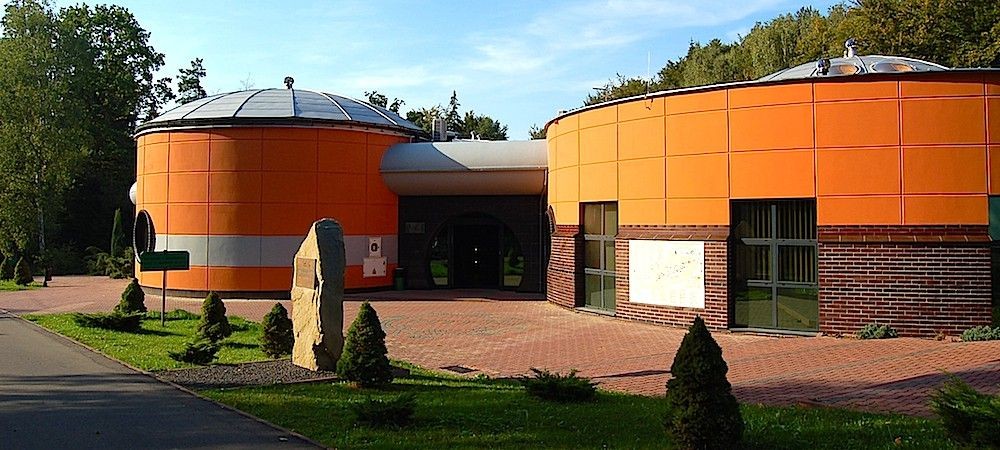
Museum of Petroleum and Gas Industry
Bóbrka is where the world petroleum industry was born and visitors can learn about its history in the unique museum, opened on the grounds of the still working oil field in 1854.
Rock oil, as petroleum was described by local residents, had been known for a long time, but only the cooperation of the apothecary and genius inventor Ignacy Łukasiewicz with the landowner from Polanka Tytus Trzecieski made Bóbrka the birthplace of one of the most important industries in the world. “The oil triumvirs” – for the two were joined by Karol Klobassa-Zrencki – began to extract oil on a large scale. Klobassa, as their owner, brought the oil deposits in Bóbrka to the partnership, Trzecieski provided funding and Łukasiewicz managed the specialist side of things as the general director of the mine until his death in 1882.
The oil field has worked continuously since then, despite the changing owners. It is not surprising then that the collection of the Ignacy Łukasiewicz Museum of Petroleum and Gas Industry offers its visitors a unique opportunity to take a stroll through the history of the technology and the entire industrial culture formed around petroleum.
Like no other industry, petroleum is part of both the heritage and the landscape of the Krosno region. For over a hundred years the oil wells and pumpjacks have been an essential element of towns and villages of Podkarpacie, giving work to thousands of people and putting an end to the proverbial Galician poverty.
Wandering around the open-air part of the museum, you cannot miss the unique oil well from 1860 called Franek – one of the many wells dug by hand at the beginning of the industry’s history. It is the oldest exhibit in the museum and starts a series of various types of machinery used for working on the wells. They include, for example, the Canadian-type drilling rig from 1885 powered by a traction engine and Bitkiv-type percussion drill rig from 1923. The exposition is a source of unique and fascinating knowledge, while the picturesque forest surrounding the museum confirms the perfect symbiosis of the region and the petroleum industry.
The museum is full of other curiosities too – such as the wooden mechanical workshop for servicing the percussion drill rigs from 1864, and the wooden workshop of the oil field’s blacksmith from 1856, equipped with historic smith’s tools and a leather bellows from the end of the 19th century. Another unique attraction is the replica of a mountain petrol station of the Communist Poland's petroleum retail monopoly with original petrol pumps from the first years of the development of petrol stations. The Museum also owns various souvenirs, documents and collections representing numerous specialties of science and technology such as geology and oil mining, refining and petrochemical industry, application and distribution of petroleum products, natural gas industry, and petroleum memorabilia collecting (medals, postcards and postage stamps). Part of the collection is exhibited in a modern building where visitors are led along a multimedia educational path presenting the stages of development of the oil industry and can see a state-of-the art exhibition on natural gas mining. Multimedia can now also be found in the Łukasiewicz House.
Łukasiewicz House is situated at the heart of the museum and hosts the exhibition devoted to Ignacy Łukasiewicz. It presents Łukasiewicz not just as an outstanding inventor and industrialist, but also as a benefactor of the local community and a philanthropist working for the good of the region. Despite being one of the richest people of his time, Łukasiewicz lived modestly and spent his money on schools, churches, roads and bridges, supporting the poor and the entire community. His engagement was appreciated by the Pope, who awarded Łukasiewicz with the Order of St. Gregory the Great for his charitable work.
See also:
Map of the museum
Official website of the Museum in Bóbrka
fot.: M. Rymar (1,4), arch. Arete sp. z o.o. (2,3)
Web site: bobrka.pl/en
